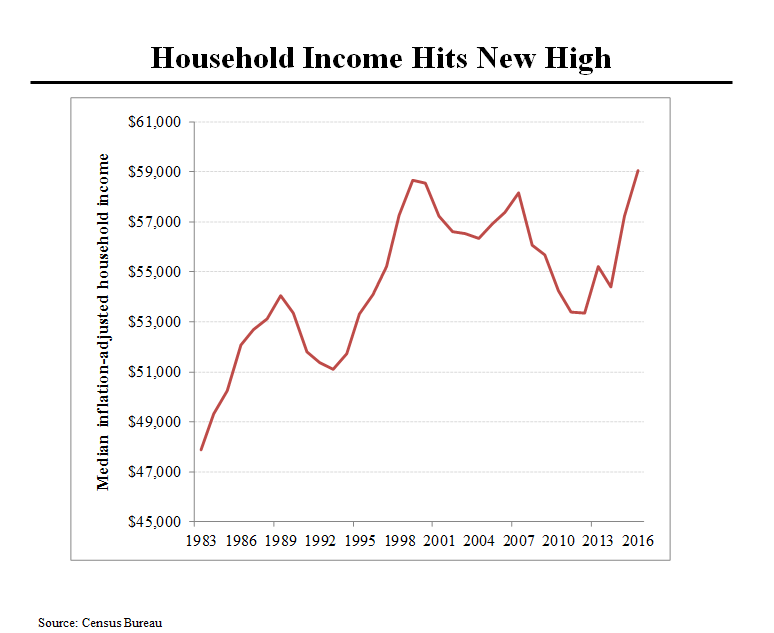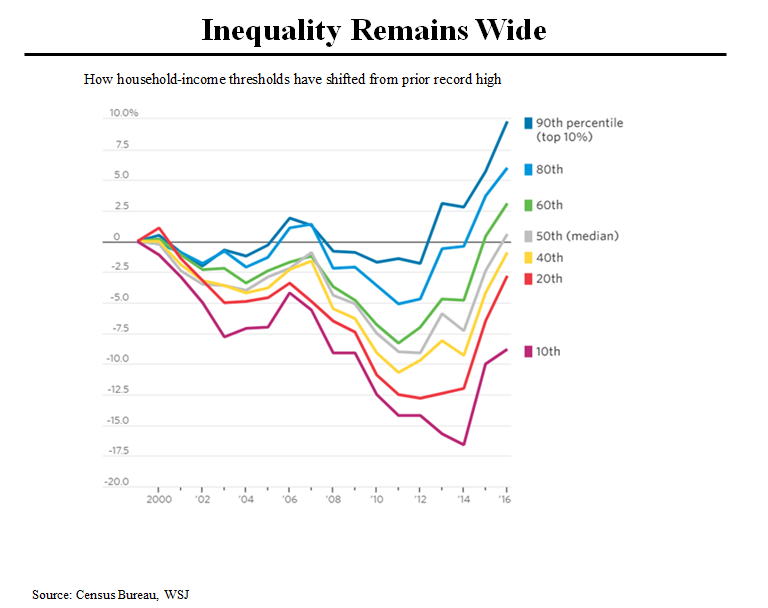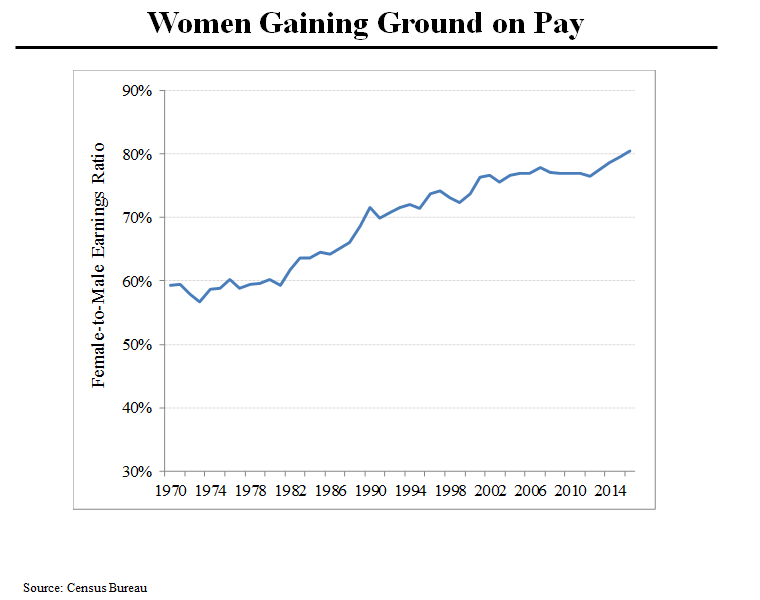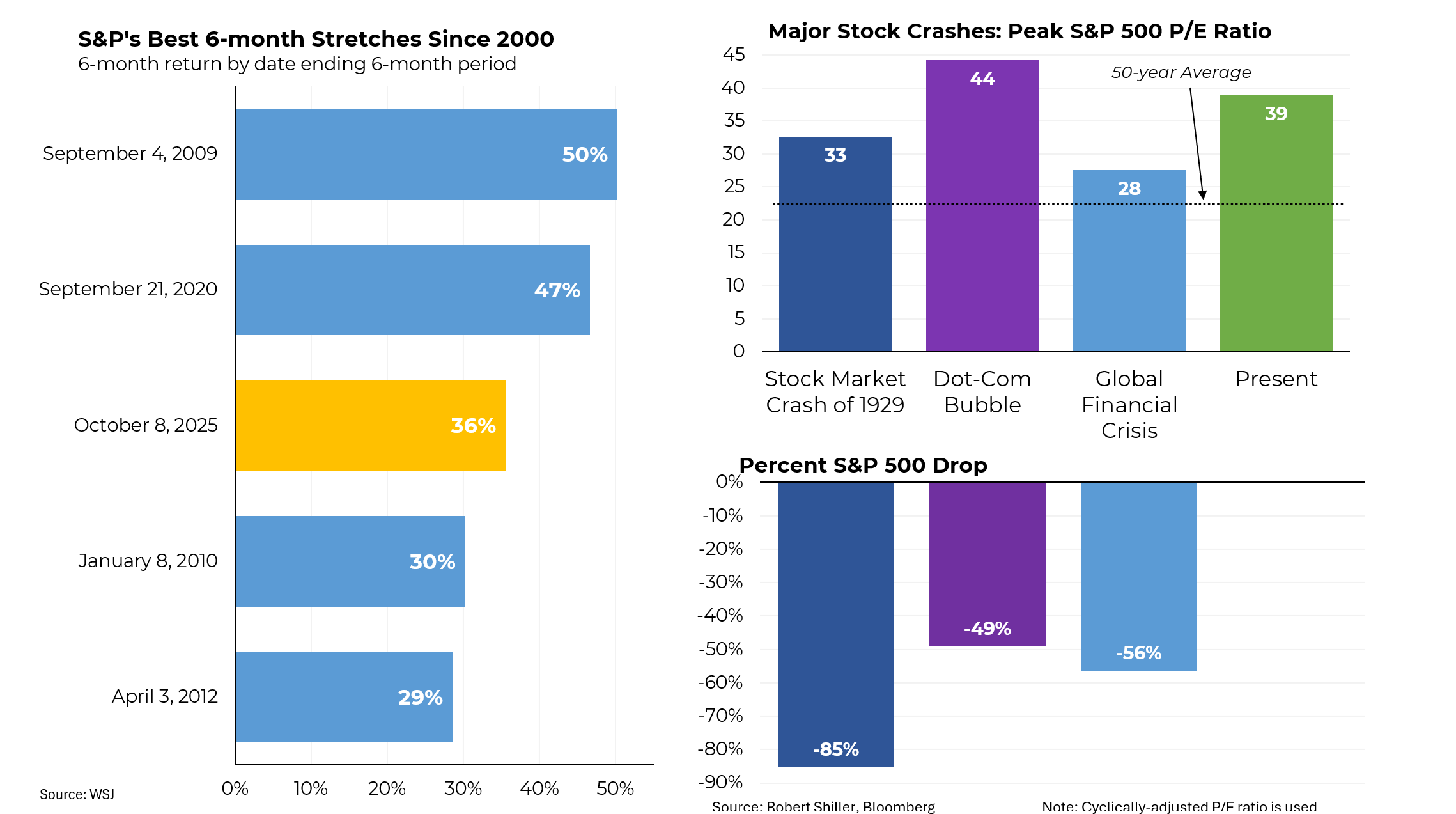On MSNBC’s Morning Joe today, Steven Rattner presented new data on higher incomes in 2016, especially for women, but huge income inequalities persist.
The biggest news was that median household incomes, after adjustment for inflation, rose by 3.2% last year on top of a 5.2% gain in 2015. While the Census Bureau has adjusted its methodology over the years, it appears that this important measure finally eclipsed the previous high set in 1999. Incomes rose last year across all racial and age categories, inside cities and outside metropolitan areas, for native-born Americans and immigrant households. Poverty rates also fell for most groups. However, gains were uneven geographically: up 5.4% in major cities, 2.1% in suburbs and little changed in small towns and rural areas.
However, this good news for the typical family doesn’t mitigate the notion of the angry Trump voter because income inequality in 2016 was little changed from the previous year and remains at record levels. That means that Americans below the midpoint of the income spectrum are still worse off (after adjusting for inflation) than they were in 1999 (although certainly better off than they were in the aftermath of the recession.) By ethnicity, Asians and Hispanics are significantly better off than in 1999, whites are slightly better off and blacks are slightly worse off.
Women had a good year, continuing to close the gap with men, last year by the largest amount since 2007. The female to male earnings ratio reached 80.5%, the highest ever. However, the gap was closed both by women earning more and men earning less. In dollar terms, the typical man earned $51,640 last year; the average woman received $41,554.








